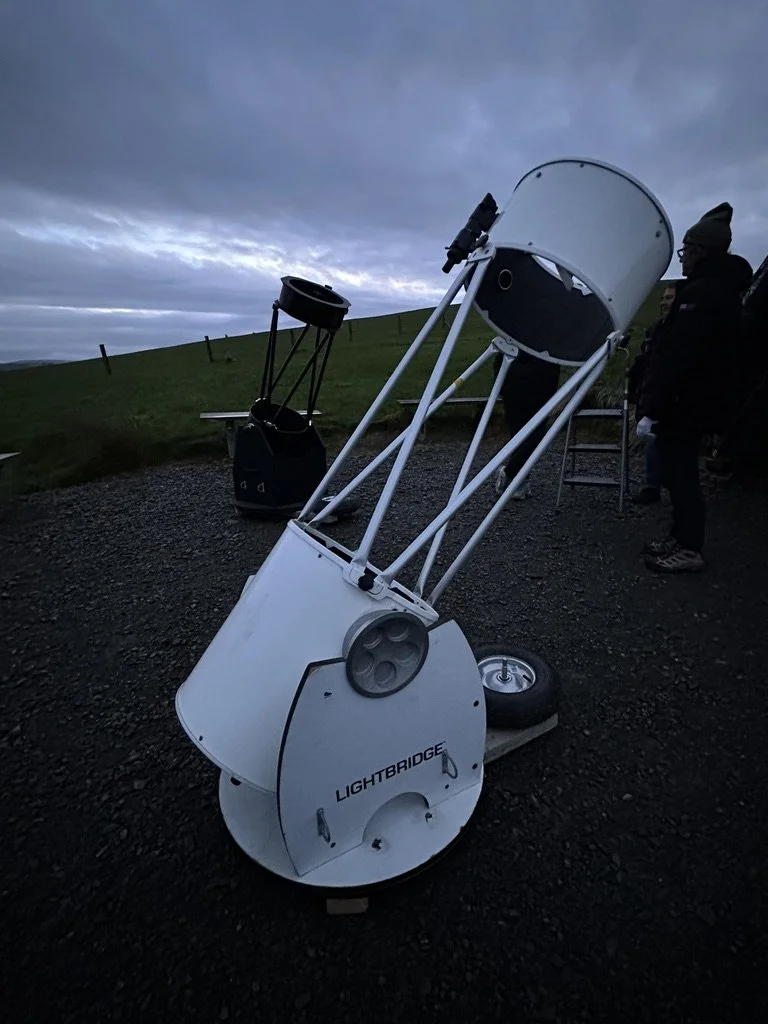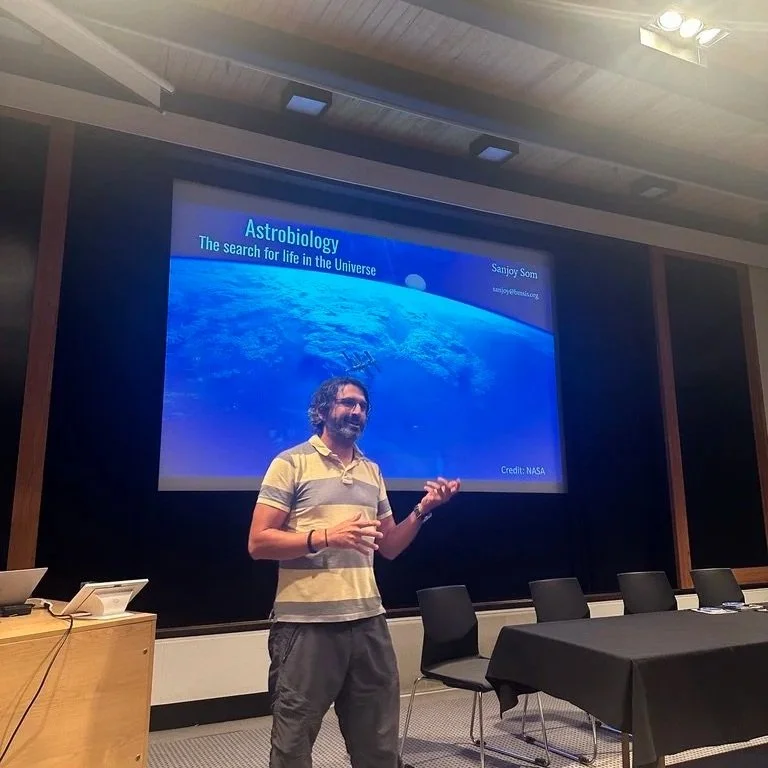Building Astrobiology Collaborations in New Zealand
By Dr. Graham Lau
An image taken under the night sky at the Star Safari observatory. Image credit: U.S. Embassy in New Zealand
For several weeks during September and October of 2025, a delegation of scientists from the Blue Marble Space Institute of Science (BMSIS) and NASA traveled across New Zealand to celebrate ten years of astrobiology in the region and to deepen international collaboration in science and education.
From BMSIS were the scientists Dr. Sanjoy Som (one of the Co-Founders of SAGANet) and Dr. Graham Lau (the Director of SAGANet), along with Sarah Marcotte and Dr. Mitch Schulte of NASA JPL, and the journey was led and organized by Haritina (Hari) Mogoşanu and Samuel (Sam) Leske, who direct the New Zealand Astrobiology Network (NZAN), Milky Way Kiwi, and Star Safari.
Their efforts were made possible by a grant from the U.S. Embassy in New Zealand, which supported a multi-week tour including public lectures, school visits, field experiences, and community engagement events dedicated to exploring life and meaning in the cosmos.
Dr. Graham Lau presents a talk at the Air Force Museum of New Zealand
A Celebration of Astrobiology in Aotearoa with a Field Trip to Rotorua
New Zealand is also referred to by its Māori name, Aotearoa. The region of two large islands (and over 600 smaller islands) formed by powerful geological forces where the Pacific and Australian tectonic plates meet. It’s a place defined by its living landscapes: active volcanoes, glaciers, forests, and coastlines shaped by both fire and water. Science plays a vital role here, not only in understanding these dynamic systems, but also in protecting the country’s unique biodiversity, supporting sustainable energy, and deepening collaborations from around the world.
The events in this celebration of Aotearoa astrobiology began on 16 September at the Wairarapa Events Centre, where Hari and Sam spoke about careers in space exploration as well as a public presentation called Journey Through the Universe. They were soon joined by Dr. Mitch Schulte for visits to Solway College, Rathkeale College, Feilding High School, and a presentation to The Phoenix Astronomical Society, engaging audiences with stories of planetary exploration and the search for life beyond Earth.
Dr. Mitch Schulte of NASA presenting to educators before a viewing of Good Night Oppy
In the following days, Dr. Sanjoy Som joined the group to lead two immersive field trips for educators, introducing astrobiology through New Zealand’s own unique geological and biological landscapes. The highlight of this was a trip for educators to join the scientists in the Rotorua geothermal region.
Rotorua sits at the heart of New Zealand’s dynamic Taupō Volcanic Zone, a region of intense geothermal activity where heat, water, rocks, and life interact in ways that make it a natural laboratory for astrobiology. Its geothermal fields were recently recognized by the International Union of Geological Sciences as globally significant for geological heritage.
Why should astrobiologists care about Rotorua? Because many of the processes and environments in this region mirror the kinds of places we look to for signs of life elsewhere—hot springs, mineralizing fluids, extreme physicochemistry for life, and microbial communities tightly coupled to geologic energy sources.
For example:
Hydrothermal analogs and microbial mats: In Rotorua’s springs, silica- and mineral-laden fluids continually flow over microbial mats, depositing sinter (silica precipitates) and other minerals. These processes can entomb microbial biosignatures, preserving them in rock in a manner analogous to possible preserved life on Mars or ancient Earth.
Hidden hydrothermal systems beneath Lake Rotorua: New mapping reveals active underwater hydrothermal craters off Sulphur Point in Lake Rotorua, suggesting that subsurface geothermal circulation and venting extend beneath the lake itself—a reminder that life-supporting systems may not always lie where they’re obvious from the surface.
Microbial diversity across temperature gradients: Recent metagenomic work in the nearby Waikite Valley hot springs shows how microbial mats shift in genomic diversity and metabolic strategies along thermal gradients (from ~62°C down to ~37°C). This helps us model how life might adapt and survive across temperature extremes in extraterrestrial settings.
Beyond the strictly scientific, Rotorua also offers a living example of how indigenous knowledge (mātauranga Māori) and scientific methods can complement each other. In Rotorua, cooling geysers, geothermal aquifer management, and restoration efforts have been shaped by both community values and geophysical monitoring.
Educators from several New Zealand schools take part in a field experience with BMSIS and NASA scientists in Rotorua in September of 2025
Connecting Classrooms, Scientists, and the Stars
After the fieldwork portion of the collaboration, the team convened at Mount Maunganui College in Tauranga for a series of lectures and public events. There, Sarah Marcotte and Dr. Graham Lau joined the delegation, alongside New Zealand-based astrobiologists Dr. Kathy Campbell and Dr. Michael Rowe of the University of Auckland.
On 23 September, the group presented to the Tauranga Astronomical Society, sharing perspectives on Mars exploration, communication, geological time, and the diversity of life on Earth.
The following day, Mount Maunganui College hosted Pathways to the Future of Space Exploration – Careers & Immersive Experiences, a vibrant showcase featuring local exhibitors and students. The evening concluded with a community screening of the documentary Good Night Oppy, celebrating the Spirit and Opportunity rover missions on Mars.
Sam Leske (far left) moderating a panel conversation with Dr. Sanjoy Som (BMSIS), Sarah Marcotte (NASA JPL), Dr. Graham Lau (BMSIS), and Dr. Kathy Campbell (University of Auckland).
From the Classroom to the Cosmos
From Tauranga, the team set out to the South Island of New Zealand to share talks and a panel conversation at the Air Force Museum of New Zealand in Christchurch. After some exploration across the South Island, the team traveled north to Wellington. There, Graham gave a lecture to the undergraduate students taking part in the new Space Sciences major at Victoria University of Wellington, Sanjoy gave an academic lecture for professors across departments, and Sarah presented her work in science communication to the School of Science in Society. All three international visitors also took part in an evening public event and panel conversation called Ask an Astrobiologist – A Colloquium with NASA and BMSIS.
Two special moments in Wellington included a meeting with Caitlin MacArthur, a BMSIS Young Scientist Program alumna and current researcher at the Malaghan Institute of Medical Research, who provided a behind-the-scenes lab tour, and there was also a reception hosted by David Gehrenbeck, Charge D’Affaires at the U.S. Embassy, highlighting ongoing partnerships in space science between the United States and New Zealand.
From left to right: Dr. Graham Lau, Dr. Sanjoy Som, Charge D’Affair Dr. David Gehrenbeck, Sarah Marcotte, Haritina Mogaşanu, Laura Gehrenbeck, and Samuel Leske.
Star Safari and the Power of Perspective
Following the Wellington engagements, Graham and Sarah joined Hari and Sam for several nights of stargazing at Star Safari, a world-class observatory within the Wairarapa Dark Sky Reserve. Equipped with twin 16-inch Dobsonian telescopes, immersive VR headsets, and a deep enthusiasm for education, Hari and Sam share the universe with students, families, and travelers under some of the darkest skies in the Southern Hemisphere.
When the weather turns cloudy, their virtual planetarium brings visitors to orbit, letting them explore distant worlds and galaxies—an experience that captures the heart of astrobiology: seeing ourselves within the broader cosmic story.
Setting up the 16-inch telescopes at Star Safari
Looking to the Future
In early October, the team returned to Christchurch, where they interviewed Michael López-Alegría, six-time astronaut and Chief Astronaut of Axiom Space. He shared his experiences flying aboard the Space Shuttle, Soyuz, and SpaceX vehicles with students at the Air Force Museum.
The visit concluded with attendance at the New Zealand Aerospace Summit 2025, a major gathering of scientists, engineers, entrepreneurs, and policymakers. The theme, Open Skies, reflected the same spirit that drives astrobiology: collaboration, innovation, and curiosity that transcends borders.
Shared Skies, Shared Purpose
Through lectures, school visits, public events, and evenings under the stars, this journey embodied the missions of an organizations like SAGANet—to connect people around the world through curiosity, empathy, and the pursuit of understanding life in the universe.
Astrobiology in New Zealand continues to grow, thanks to the vision of the New Zealand Astrobiology Network, the creativity of Milky Way Kiwi, and the collaborative spirit of educators and scientists from all around the globe.
Dr. Sanjoy Som, one of the co-founders of SAGANet, presenting to a group at the Air Force Museum of New Zealand








